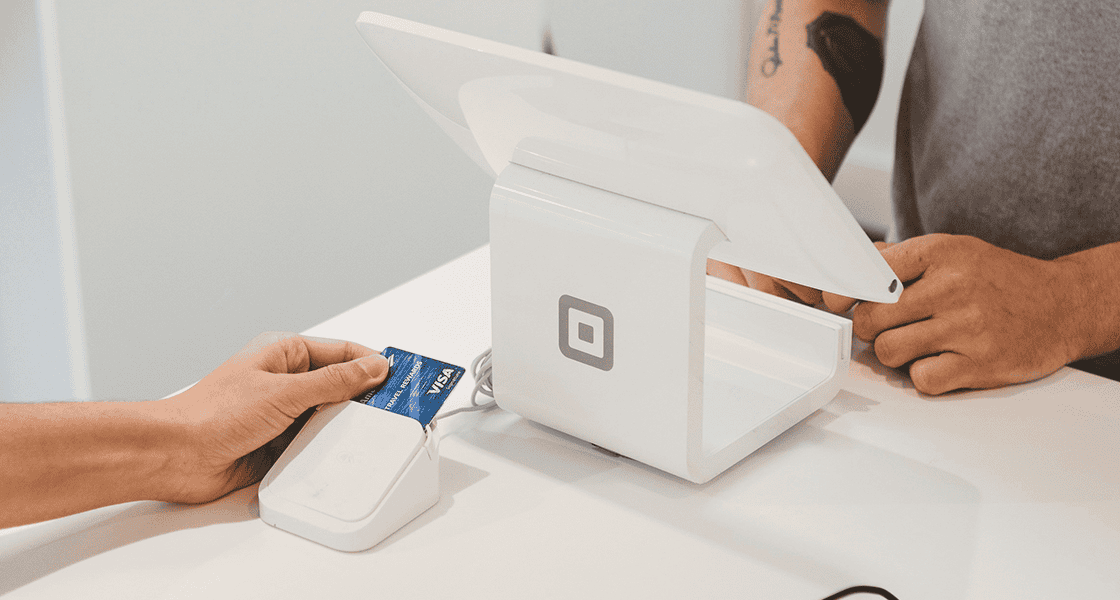Retail & Distribution
The 3 golden rules for turning your store into a ship-from-store logistics hub
20 March 2020

” The impact of a customer’s interaction with a brand needs to be carefully considered. But for customers, they don’t really care whether it’s via social media, a visit to a store, or from using a mobile app or voice-controlled AI assistant. “
Michelle Beeson – E-business analyst and channel strategy expert at Forrester
At the Cegid Connections international retail conference in Madrid in May 2019, Michelle Beeson, an e-business analyst and channel strategy expert at Forrester, talked about how customers are only really interested in actually getting the product and they don’t really care where it comes from. So, separating stores from e-commerce at a time of unified commerce seems particularly obsolete.
Retailers need to make the most of their store estate and embrace the growing complexity of managing orders across multiple channels. So here are three golden rules to take full advantage of your store network and how best to satisfy the consumer:
Investing in a Distributed Order Management (DOM) solution to control logistics costs
Beeson pointed out that the more shipping points you have the better. So why not make the most of having an existing network of additional shipping points by using your stores as shipping points as well? This would multiply your inventory and order preparation capacity, not to mention reduce logistics costs. A dedicated Distributed Order Management (DOM) tool will provide an accurate, real-time view of inventory, as well as determine the best shipping point for any order based on analysing the location and stock levels of stores able to match delivery times. All the parameters can be set according to the particular needs of the retailer.
Set up alerts so you don’t hinder store staff
While the DOM software is able to manage and allocate orders based on the best shipping point, it’s important to decide how store staff should receive notifications.
” Managing e-commerce orders shouldn’t be done at the expense of customers already in the store. Alerts can be set up to minimise disruption to staff – for instance, certain stores or time slots can be programmed into the system so they’re not used when there’s only one employee available on the shop floor. “
Yves-Alain Ligaut – Retail Product Manager for Cegid
You might also want to decide where and how often you receive these notifications: whether it’s at the checkout; or via a staff member’s tablet, or smart-watch; or during certain time slots. All of these issues need to be resolved so that staff can find the right balance in their work.
Training guidelines for preparing orders in-store and maintaining the customer promise
Once the order has been placed and a notification has been received in-store, all that remains is to prepare the product for shipment. But this approach needs to be carefully thought through. Store staff are not typically versed in preparing parcels for shipment, so they require training for picking and finding the right items and guidelines on what rules to follow. Packaging is also important because it often represents a link between the customer and the brand, which you don’t want to tarnish.
“All processes must be clearly set out in order for the preparation of an order to be done as smoothly as possible. But make sure you maintain realistic objectives so that the customer promise is kept,” concludes Ligault.
Learn more in our eBook “Ship From Store and new omnichannel services”



